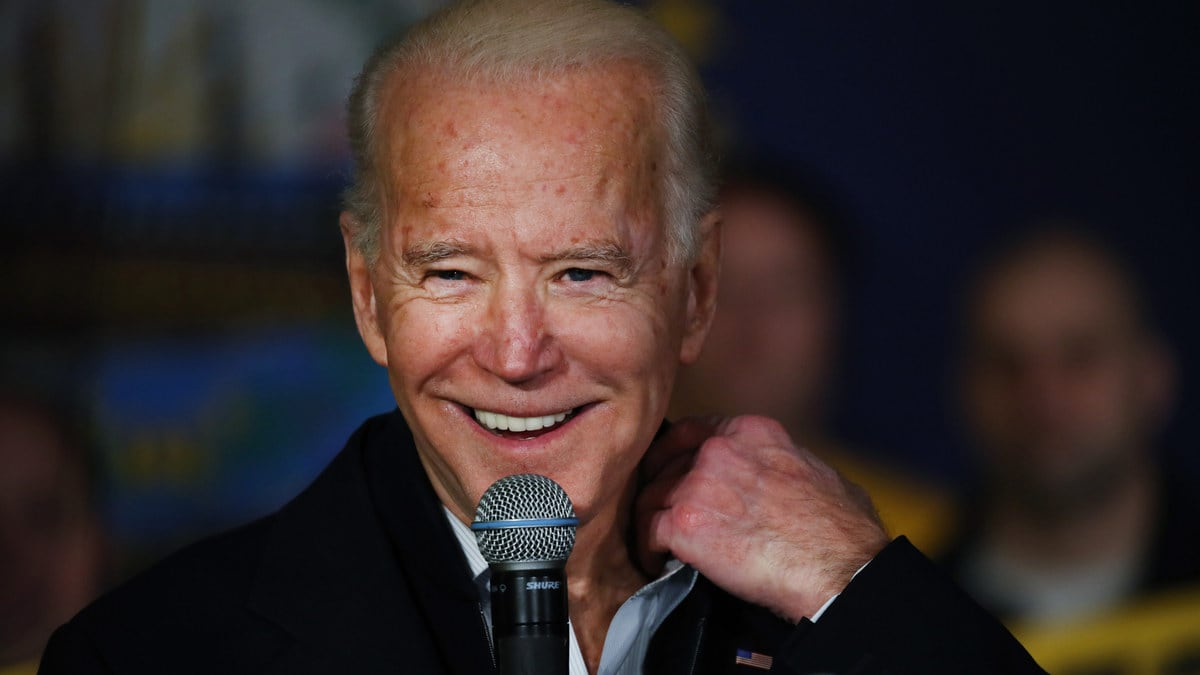Politics
Spencer Platt/Getty
Biden’s Digital Team Knows It’d Be Weird If He Went on TikTok. And They’re Fine With That.
SQUARE PEGS, ROUND HOLES
The campaign knows they don’t always win over the blue checkmark crowd. But they have a plan for the internet and are sticking to it.

Trending Now





